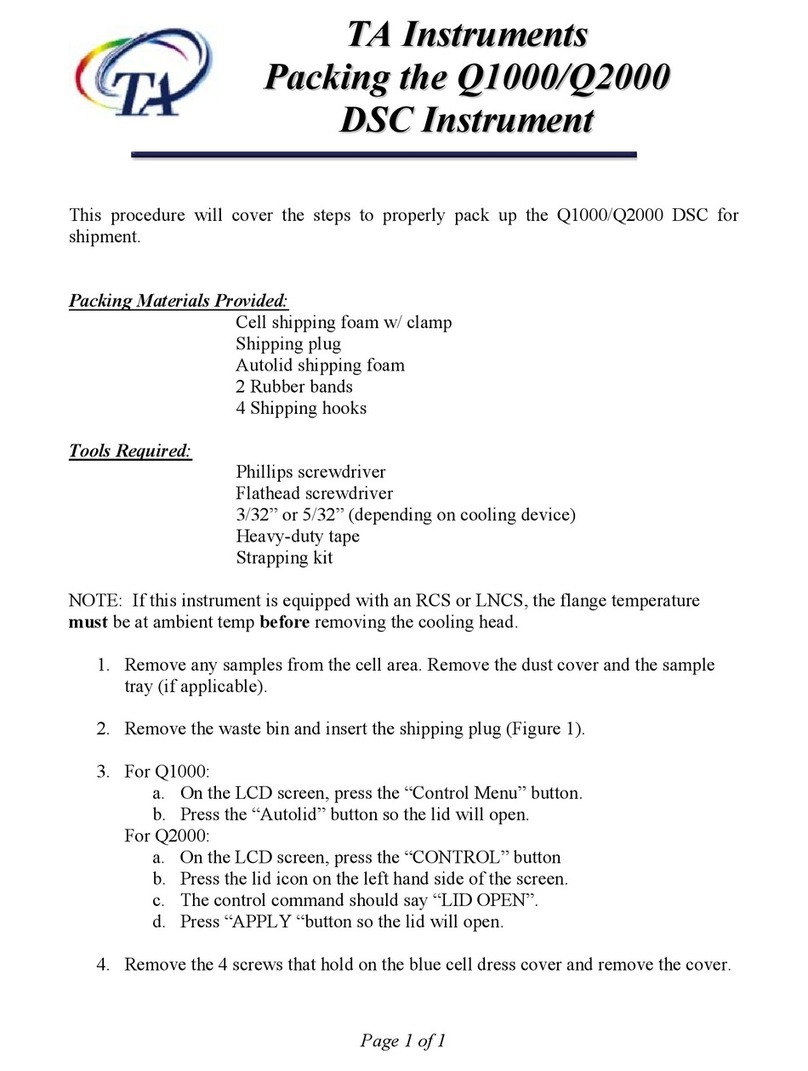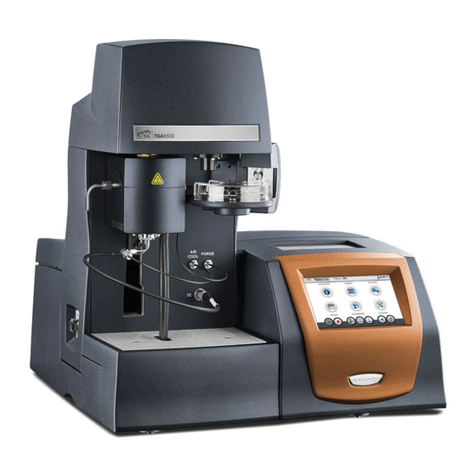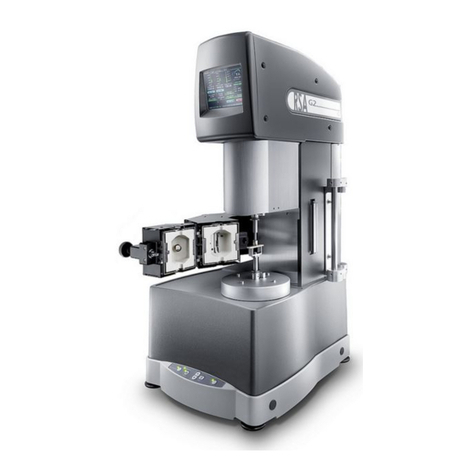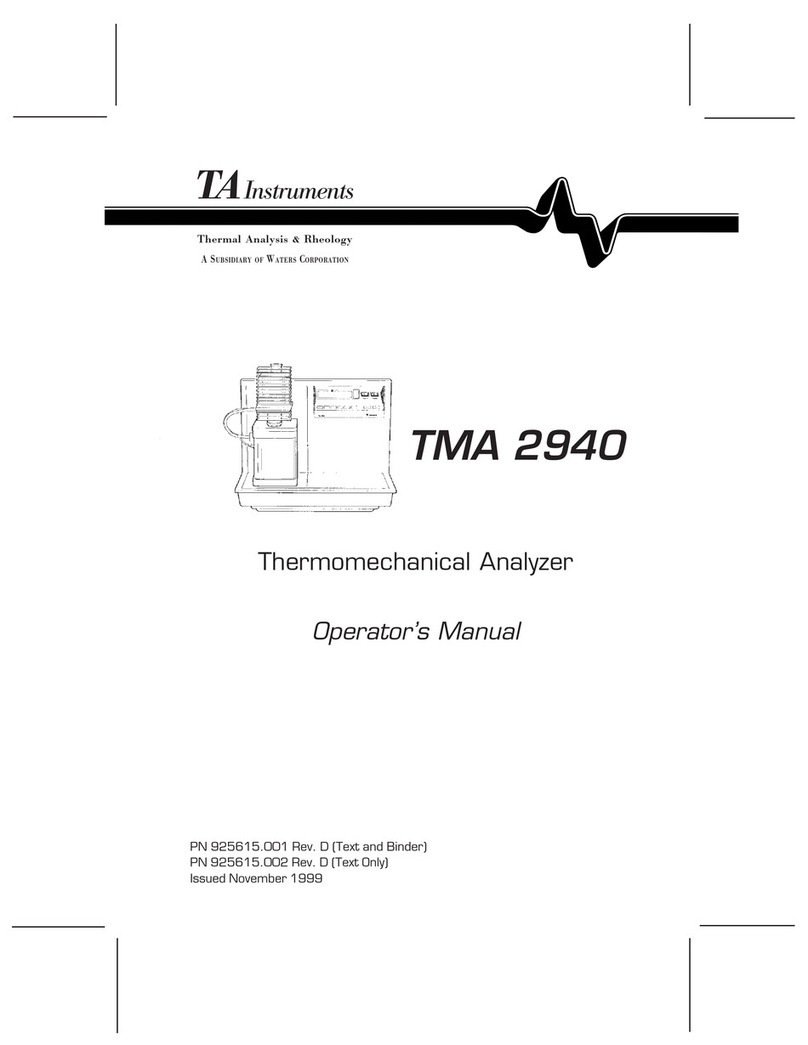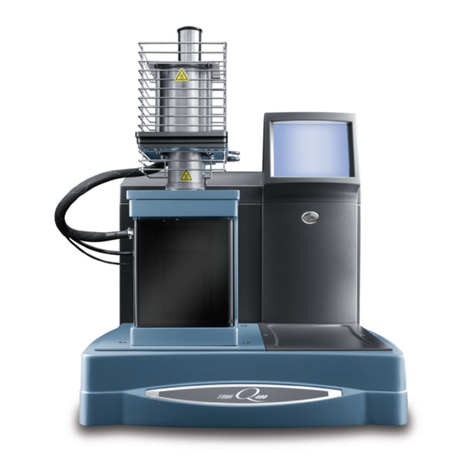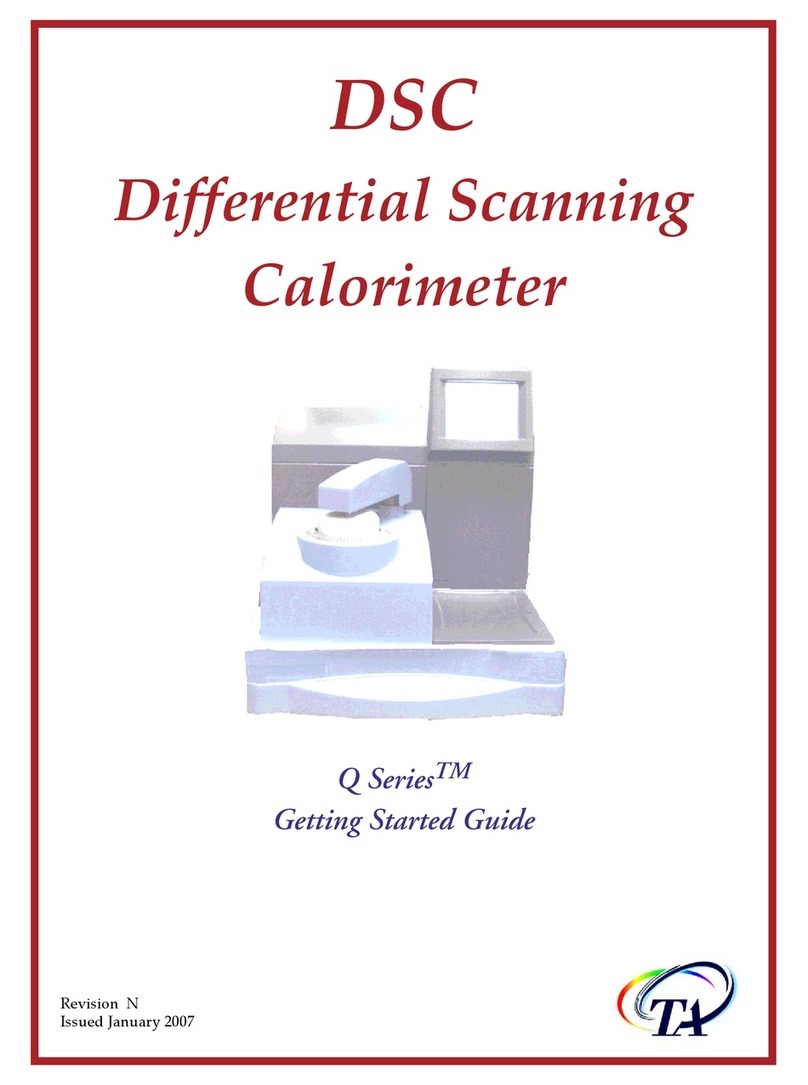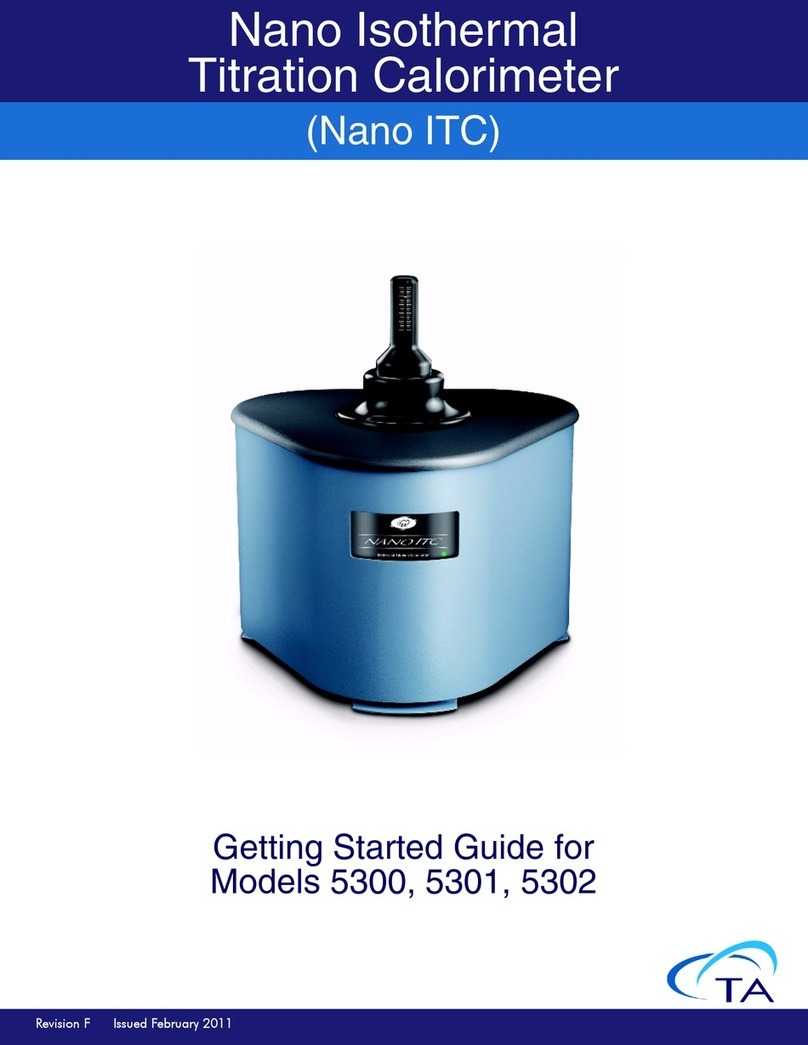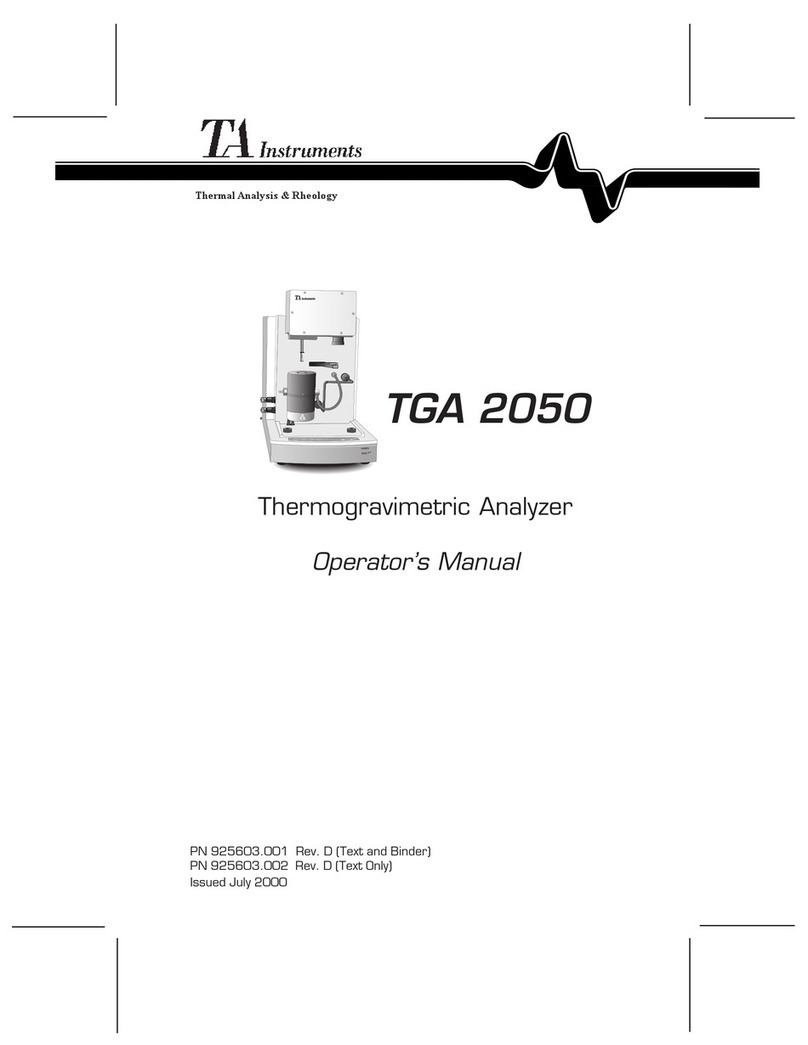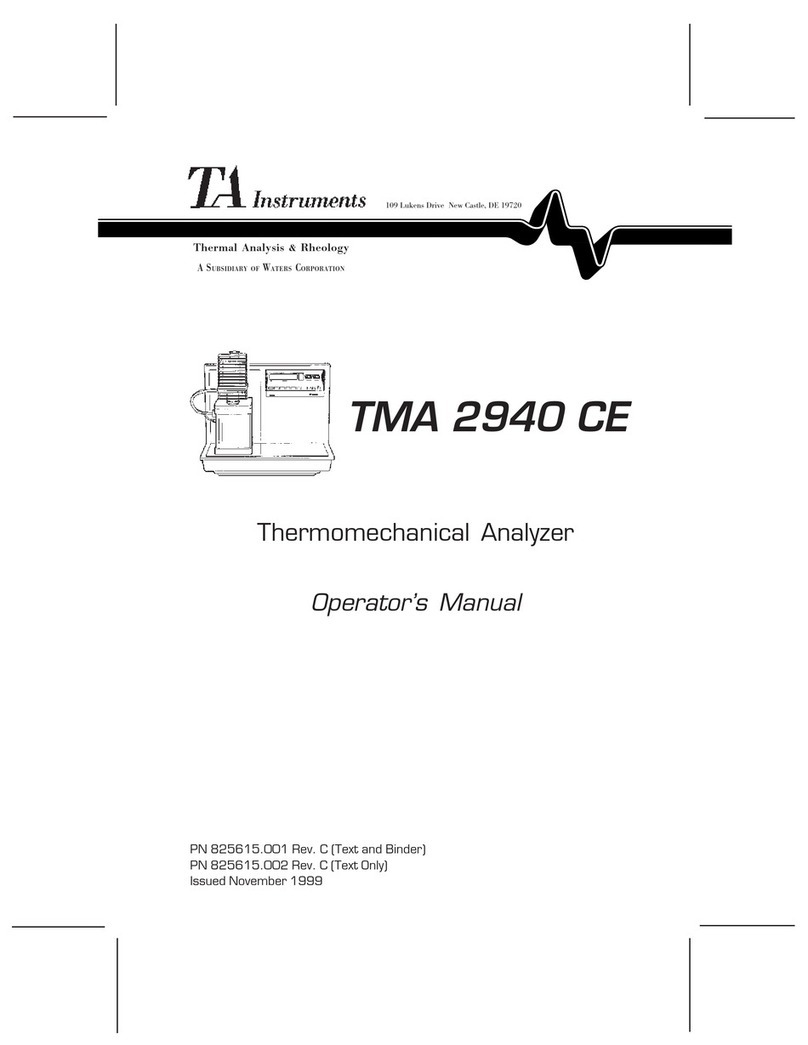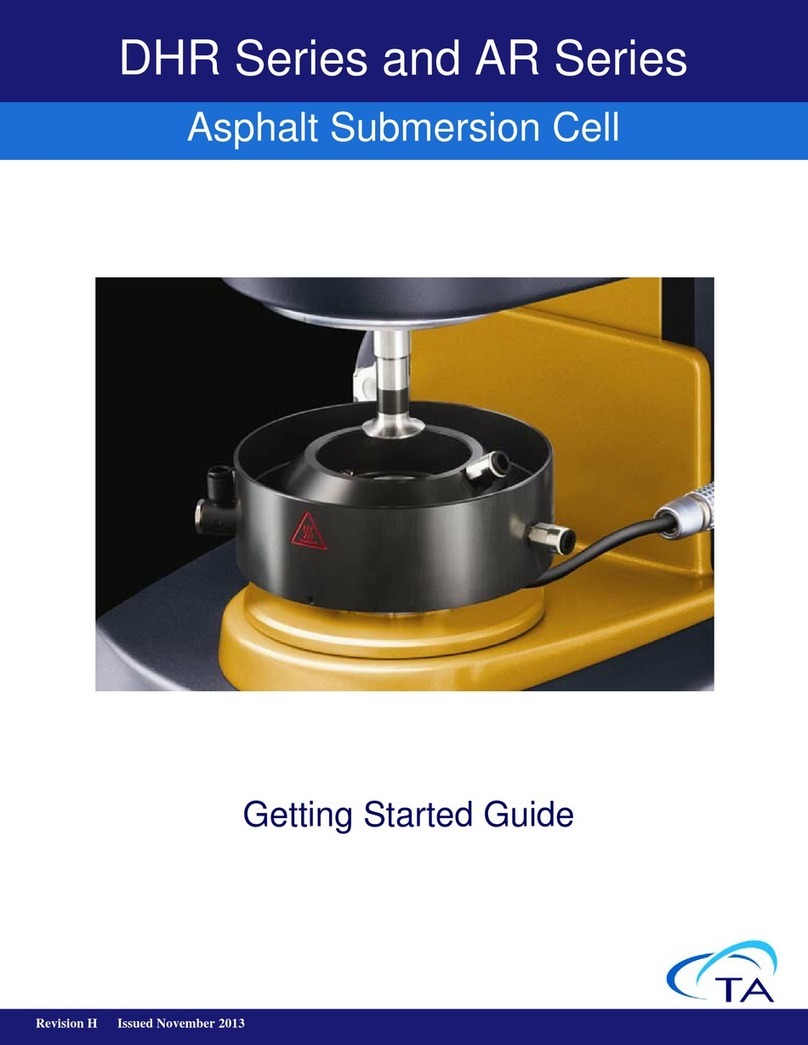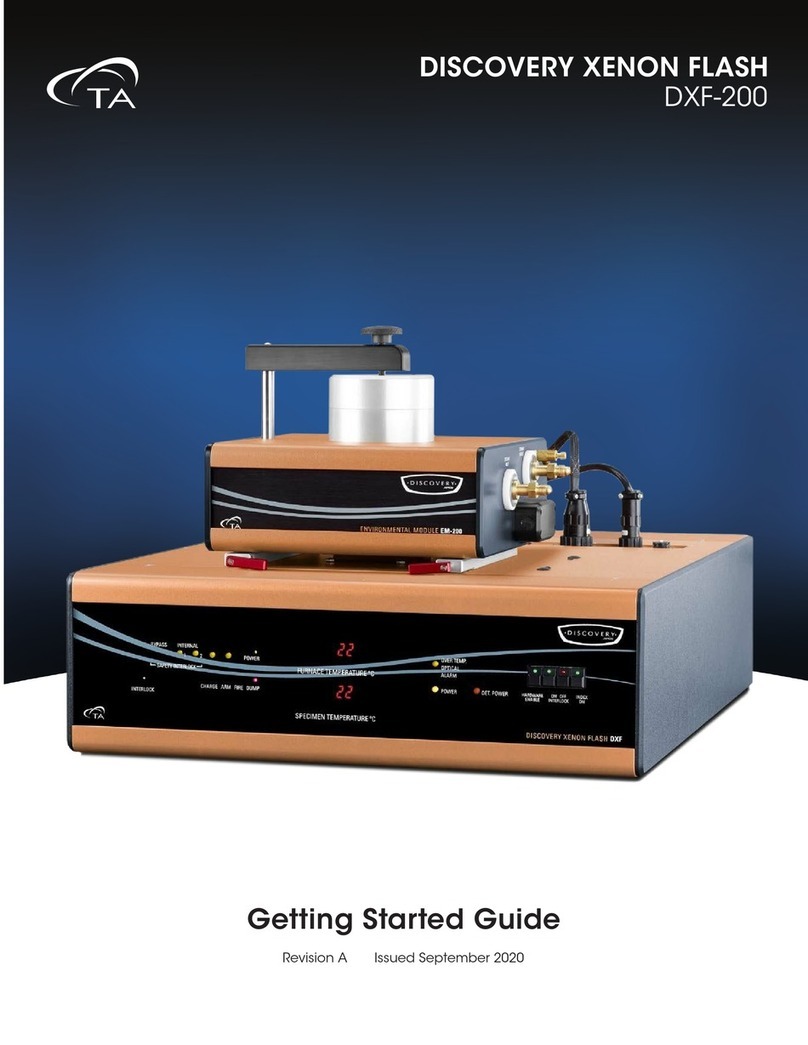
AR 2000 Operator's Manual
8
Chapter 9: AR 2000 Interfacial Accessory ..............................................................................................................111
Overview ...................................................................................................................................................................... 111
Specifications ............................................................................................................................................................... 112
Setting up the Interfacial Accessory .......................................................................................................................... 113
Calibration and Mapping .......................................................................................................................................... 114
Zeroing the Gap ................................................................................................................................................... 114
Mapping and Other Calibrations....................................................................................................................... 114
Experimental Procedure ............................................................................................................................................. 115
Determining Each Fluid's Contribution ............................................................................................................ 115
Finding the Interface Position............................................................................................................................. 116
Analyzing the Results ................................................................................................................................................ 118
Calculation of the Interfacial Contribution to the Torque................................................................................ 118
Interfacial Shear Stress and Shear Rate Calculation ........................................................................................ 119
Part Numbers ............................................................................................................................................................... 119
References .................................................................................................................................................................... 119
Chapter 10: Do's and Don'ts .................................................................................................................................... 121
Overview ......................................................................................................................................................................121
DO ..........................................................................................................................................................................121
DON'T ...................................................................................................................................................................122
Appendix A: Useful Information ............................................................................................................................ 123
Moments of Inertia ......................................................................................................................................................123
Calculations for Moments of Inertia ..................................................................................................................123
Cone ................................................................................................................................................................123
Cylinder .........................................................................................................................................................124
Appendix B: Symbols and Units ............................................................................................................................. 125
Appendix C: Geometry Form Factors ..................................................................................................................... 127
Cone/Plates .................................................................................................................................................................127
Concentric Cylinder Dimensions ....................................................................................................................... 127
Appendix D: LCD Display Messages ....................................................................................................................129
Power On Messages ....................................................................................................................................................129
Initialising ... ......................................................................................................................................................... 129
Bearing overspeed ................................................................................................................................................129
Bearing pressure too low .....................................................................................................................................130
Encoder index not found .....................................................................................................................................130
Nf gauge fault .......................................................................................................................................................130
Nf temp sensor fault ............................................................................................................................................130
Operator stop event ..............................................................................................................................................130
Power cable fault ..................................................................................................................................................130
